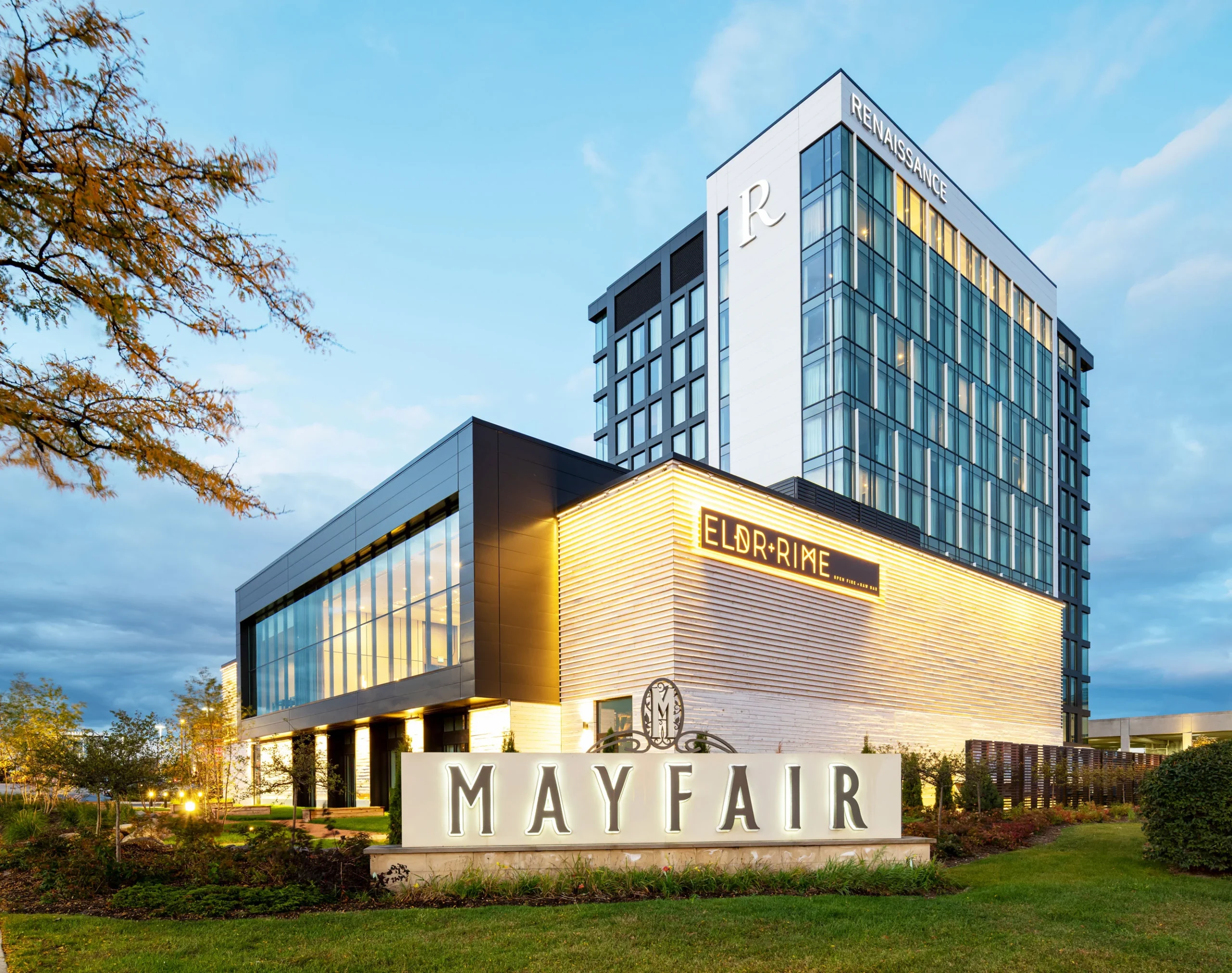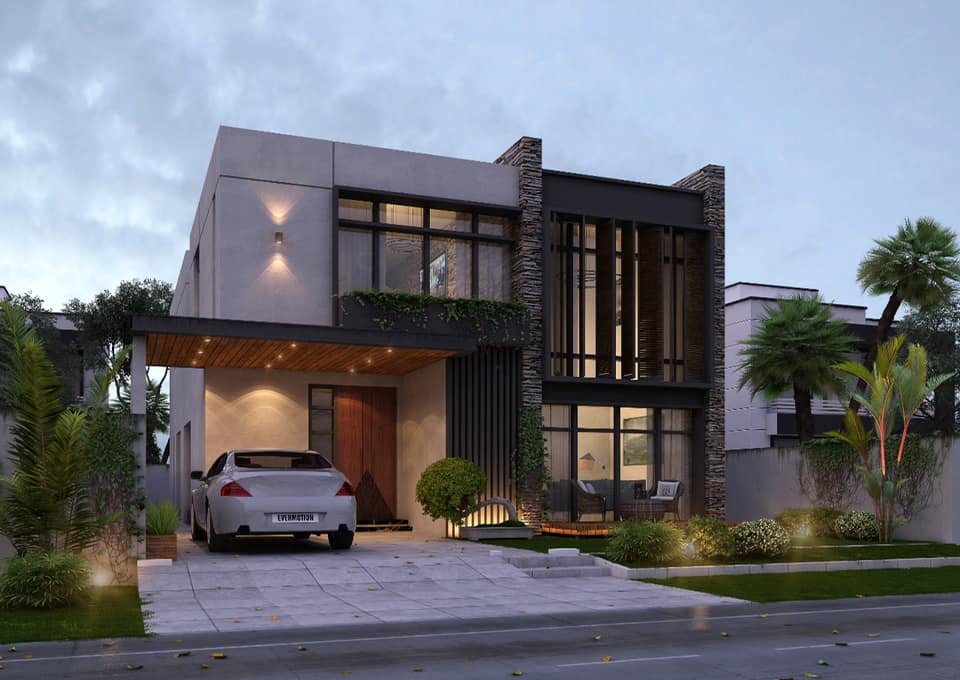
Different Types of Insulation Materials and Systems for Maximum Thermal Comfort
There are two main ways to insulate a structure: cavity insulation and continuous insulation.
It is installed in the empty spaces between the studs in a wall, while continuous insulation is installed on the exterior of the wall. It is typically made of fiberglass, cellulose, or mineral wool. It is installed by blowing it into the cavities between the studs or by stuffing it into the cavities with a hand or a tool.
Continuous insulation (CI) is a layer of insulation that is installed on the outside of a building’s frame. It helps to reduce heat transfer between the building and the environment, which can save energy and money. CI is defined by ASHRAE 90.1 as “insulation that is continuous across all structural members without thermal bridges other than fasteners and service openings.” The ASHRAE 90.1 Standard is a benchmark for commercial building energy codes in the U.S. and is used in many municipal building codes. It can be made from a variety of materials, including fiberglass, cellulose, and foam.
CI is typically installed by blowing it into the cavities between the studs or by attaching it to the exterior of the wall. CI can also be sprayed onto the exterior of the wall. It is more effective at reducing heat loss than traditional insulation methods, such as batt insulation. This is because CI creates a continuous barrier that prevents heat from escaping the building. CI can also help to improve the soundproofing of a building. It is a cost-effective way to improve the energy efficiency of a building. It can save money on energy bills and reduce greenhouse gas emissions. CI is also a durable and long-lasting material that can last for many years.
Here are some of the benefits of CI:
1. Lightweight 100% FRP system (no metal to rust or react). CI is made from fiberglass-reinforced plastic (FRP), which is a lightweight and durable material. FRP is not susceptible to rust or corrosion, which makes it a good choice for use in harsh environments.
2. CI can be used to replace metal cladding attachment systems, which can be a source of heat loss. CI creates a continuous barrier that prevents heat from escaping the building.
3. Superior pullout strength and can be installed vertically or horizontally depending on construction requirements. CI has superior pullout strength, which means that it is less likely to be pulled out of the wall. CI can be installed vertically or horizontally, depending on the construction requirements.
4. Works with all non-proprietary insulation. CI can be used with all non-proprietary insulation, which gives the builder flexibility in choosing the type of insulation that is best for the project.
5. No in-field fabrication is required. CI is prefabricated, which means that there is no need for in-field fabrication. This can save time and money on the project.
6. Invisible in rainscreen cavities. CI is installed in the rainscreen cavity, which means that it is not visible from the outside of the building. This can improve the aesthetic appeal of the building.
7. Double fastening system on the front flange. CI has a double fastening system on the front flange, which provides additional security and prevents the insulation from being pulled out of the wall.
8. Code compliant. CI is code-compliant, which means that it meets the requirements of the building code. This can help to ensure that the building is safe and energy-efficient.
Types of Insulation
Blanket: Batt and Roll Insulation
Insulation Materials: Fiberglass, Mineral (rock or slag) wool, Plastic fibers, and Natural fibers
Where applicable: Unfinished walls, including foundation walls and Floors and ceilings
Installation methods: Fitted between studs, joists, and beams.
Advantages: Suited for standard stud and joist spacing that is relatively free from obstructions and Relatively inexpensive.





